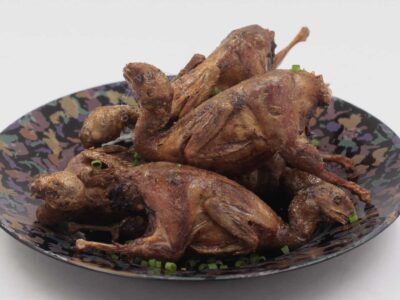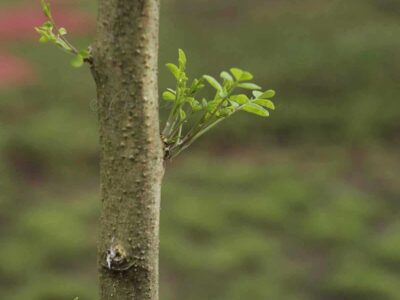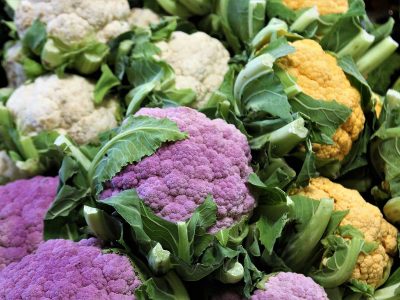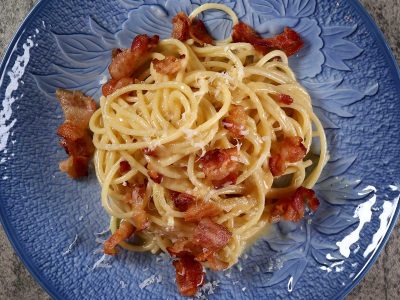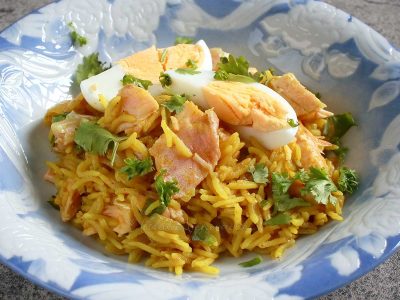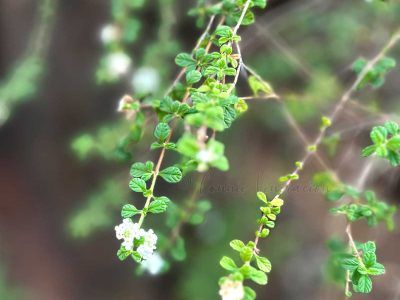But, first, what’s the difference between shrimp and prawn?
The common answer is related to size — prawn is larger than shrimp. But the complete answer is more complicated than that. There are small shrimps and large shrimps — at what size can they be considered prawns?
Strictly speaking, shrimp and prawn are different animals. They both belong to the phylum Arthropoda and sub-phylum Crustacea. Prawn belongs to the sub-order Dendrobranchiata while shrimp falls under the sub-order Pleocyemata. It’s just everyday usage that employs that simplistic explanation that prawns are just large shrimps.
How do we tell shrimps from prawns? Some of the differences may not be too obvious by just looking at the animal. But some features are distinguishable upon closer inspection.
- Prawns have branching gills while shrimps have lamellar gills which are plate-like in structure.
- The second pincer of prawns are larger than the front ones while the front pincers of shrimps are generally the largest.
- Prawns have longer legs than shrimps and have claws on three pairs of legs. Shrimps have shorter legs and have claws on only two pairs of legs.
Too nerdy for the average cook? Yes, I think it is. Prawns and shrimps can be cooked as though they were the same animal. And the preparation method is the same for both.
Simple way to devein shrimps and prawns
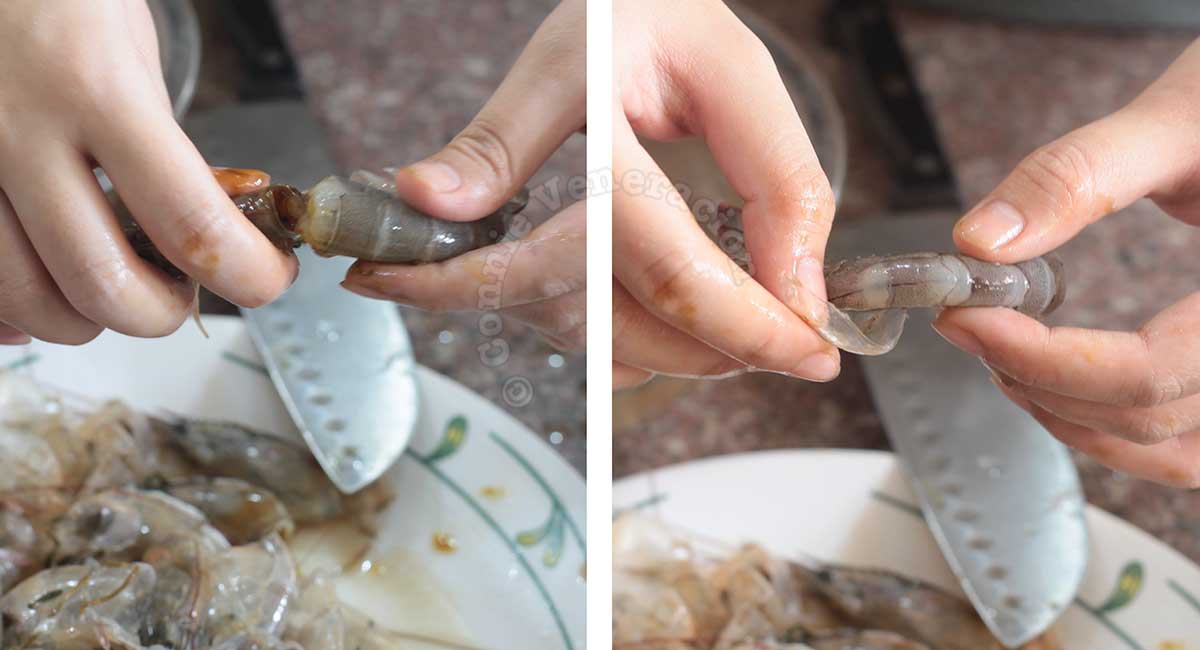
First, rinse the shrimps and drain well. Grab the shrimp with one hand and pull the head with the other hand.
Turn the shrimp with the legs facing you. Place your thumbs where the legs are then press and push outward to loosen the shell. Once the shell is loose, you can easily peel it off. The shell might not come off in one piece. If it does not, peel by section.
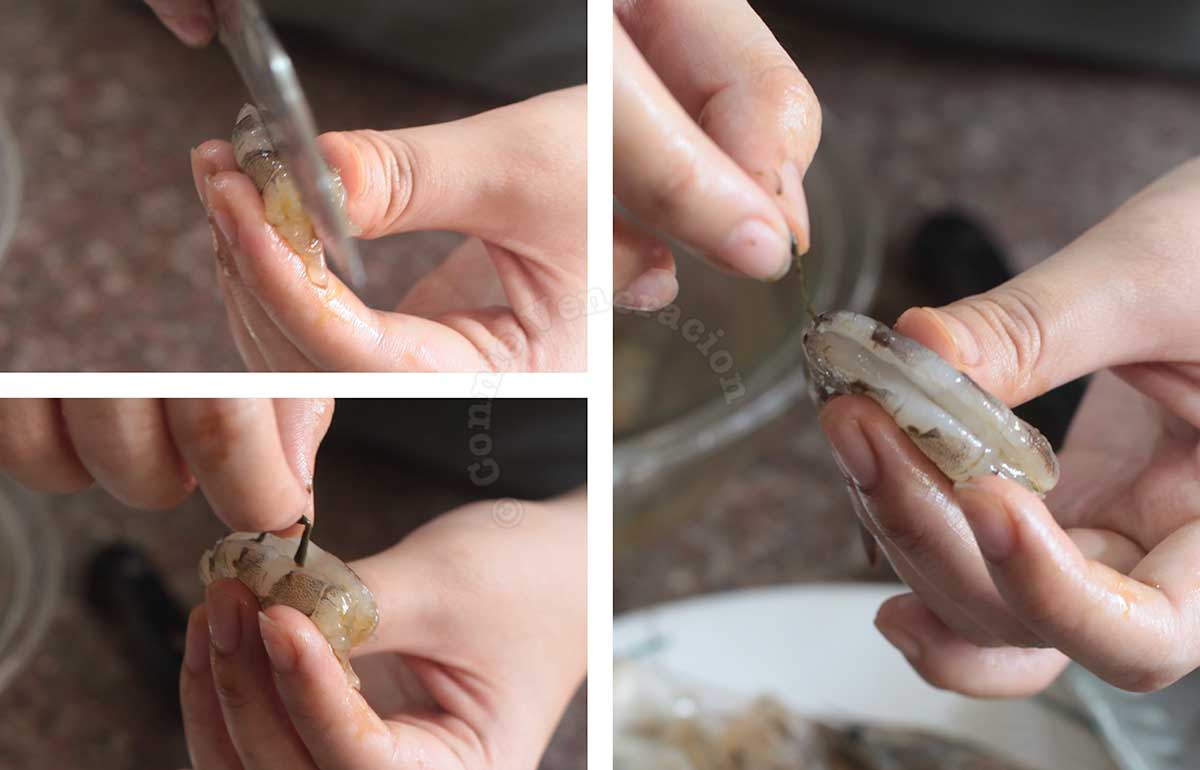
Hold the shrimp with the back facing upward. Take a knife and slide the blade along the length of the shrimp about an eighth of an inch deep. This will expose a black thread running through the length of the shrimp. The black thread is the animal’s digestive system. Just lift the thread, pull it out and discard.
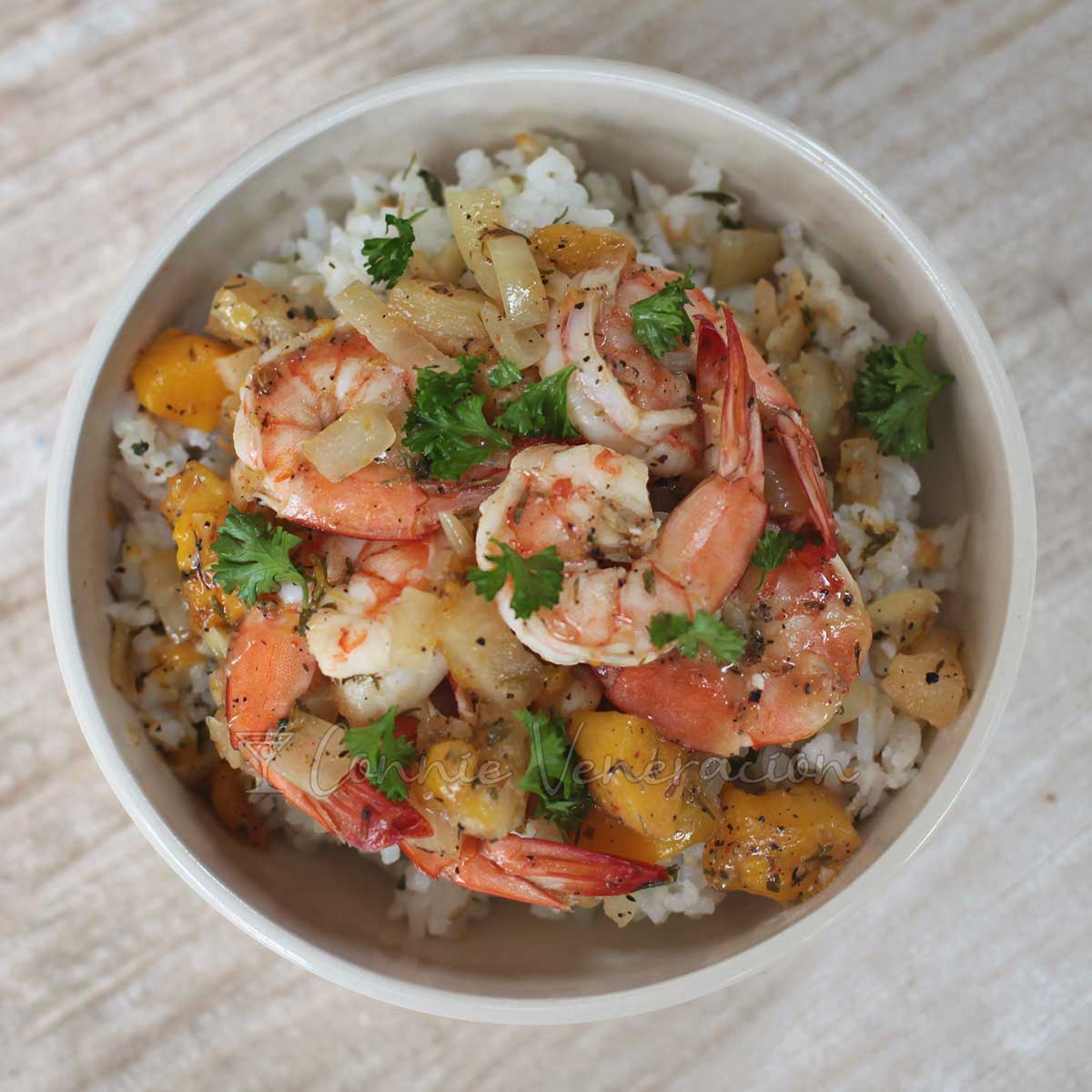
Your shrimps or prawns can now be cooked. They can be skewered and grilled or stir fried. And, yes, they will curl during cooking.
Prepping shrimps for tempura and similar dishes
If you need the shrimps or prawns to stay straight during cooking, you need to perform additional steps.
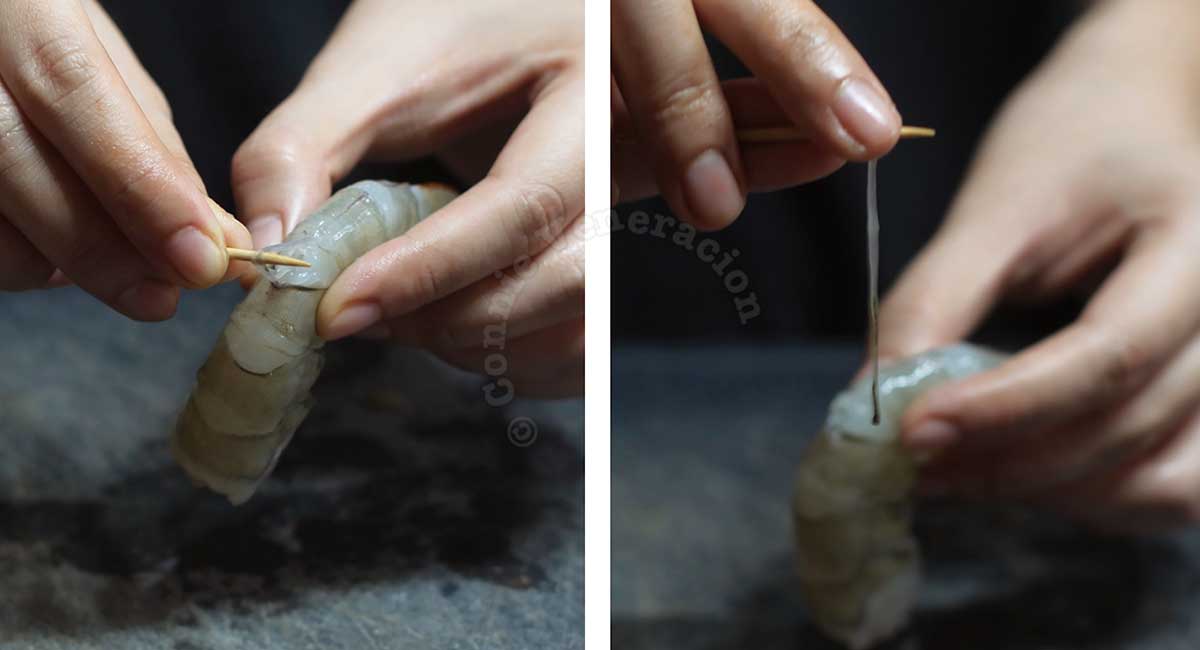
Remove the head and peel of the shell the usual way. Instead of slitting the back to remove the vein, take a toothpick and insert it at the back of the shrimp. Not too deep. Pierce just deep enough to reach the digestive tract of the animal. Carefully pull out the black thread that runs through the entire back of the shrimp.
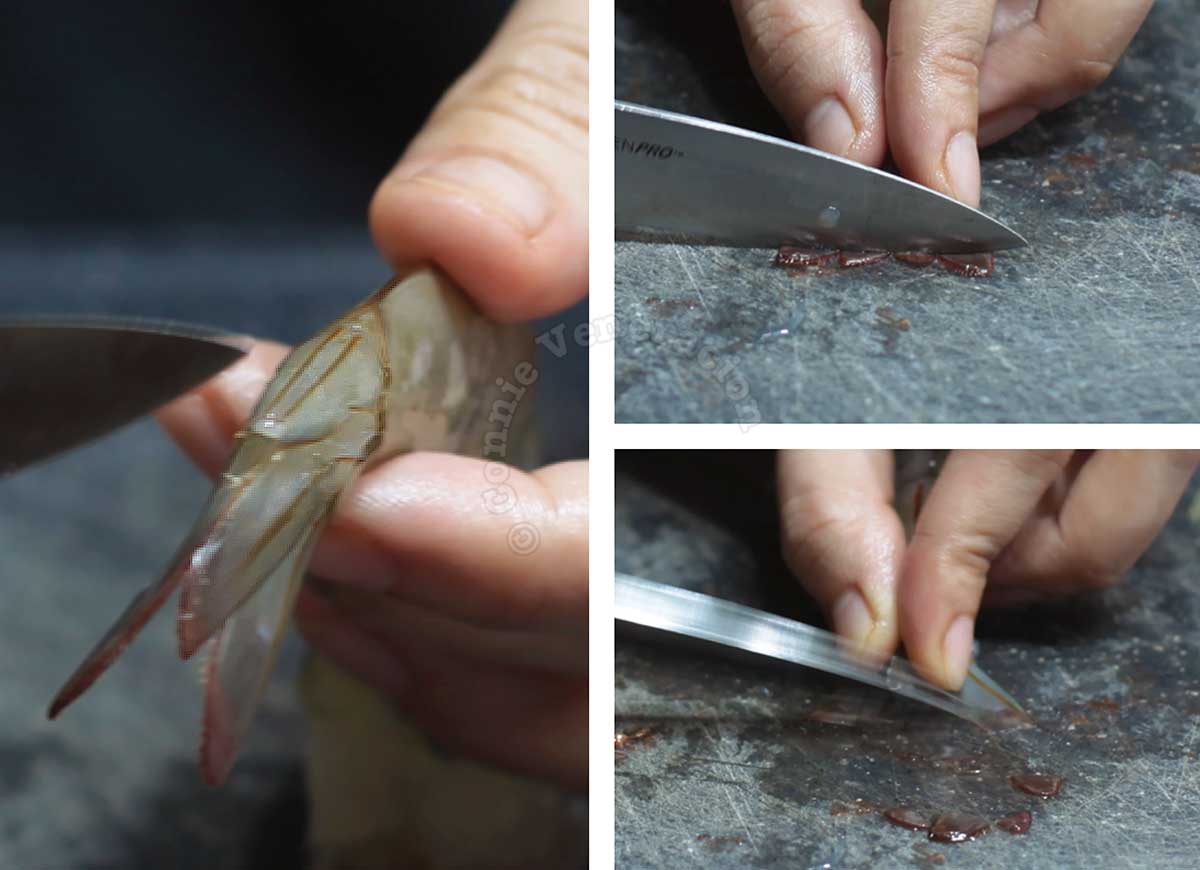
There is one part of the tail that is harder than the rest. It’s the one attached directly to the back of the shrimp (where the tip of the knife points to in the left photo above). Cut that off and discard.
Cut off and discard the tips of the remaining portions of the shrimp’s tail. Press the tail with the knife to remove the liquid inside. By doing so, you practically bring down to zero the chances of oil spatter during frying.
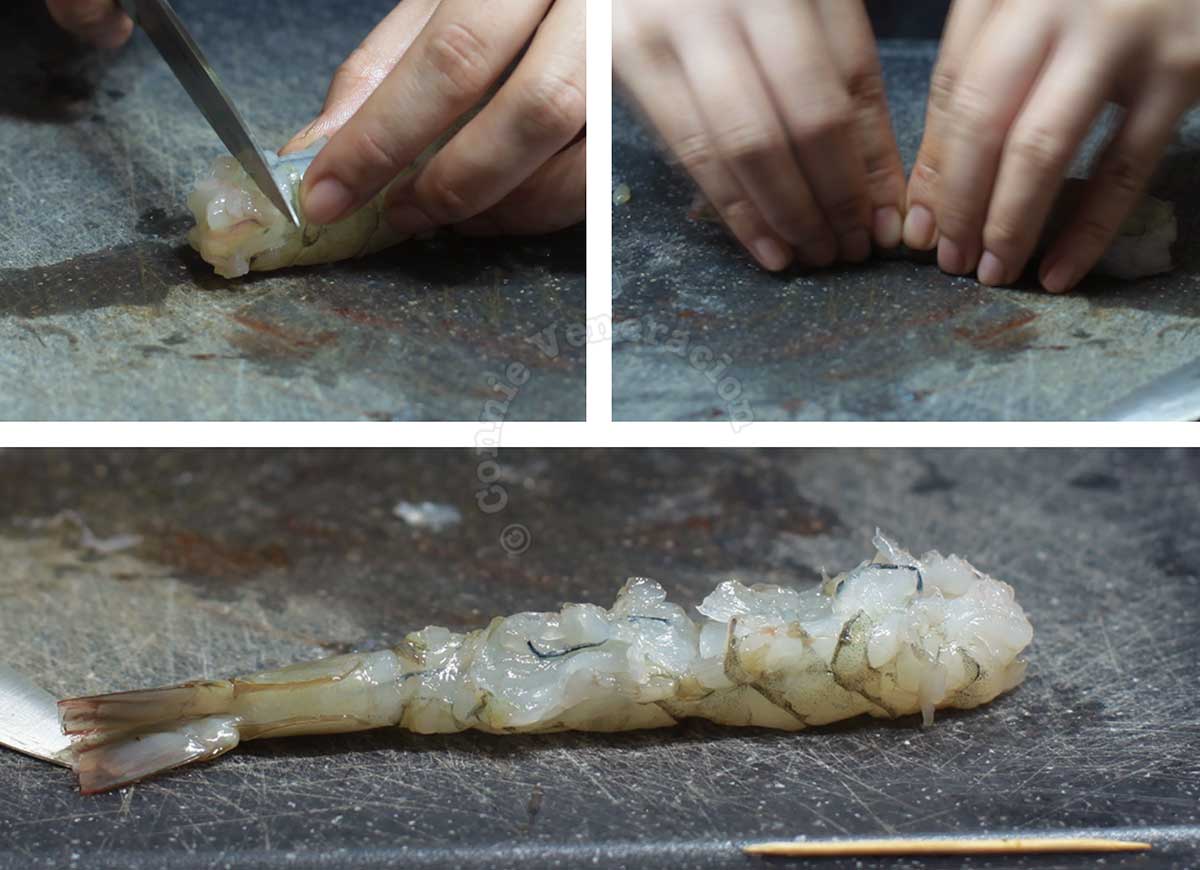
Hold the shrimp back side down and make shallow horizontal slashes along the inner portion of the body (the inside of the curve). Depending on the size of the shrimp, the number of slashes should be five to seven.
Turn the shrimp over, back side up. Using your fingertips, press the shrimp down from tip to tip. You will feel some popping as the shrimp flattens. You now have a straight rather than a curved shrimp.
Make shrimp broth with the heads and shells
You’ve cleaned, shelled and deveined your shrimps or prawns, you’ve cooked them and you have devoured them. What about the discarded heads and shells? I hope you gathered them and kept them in the fridge because they’re the best ingredients for making shrimp or prawn broth.
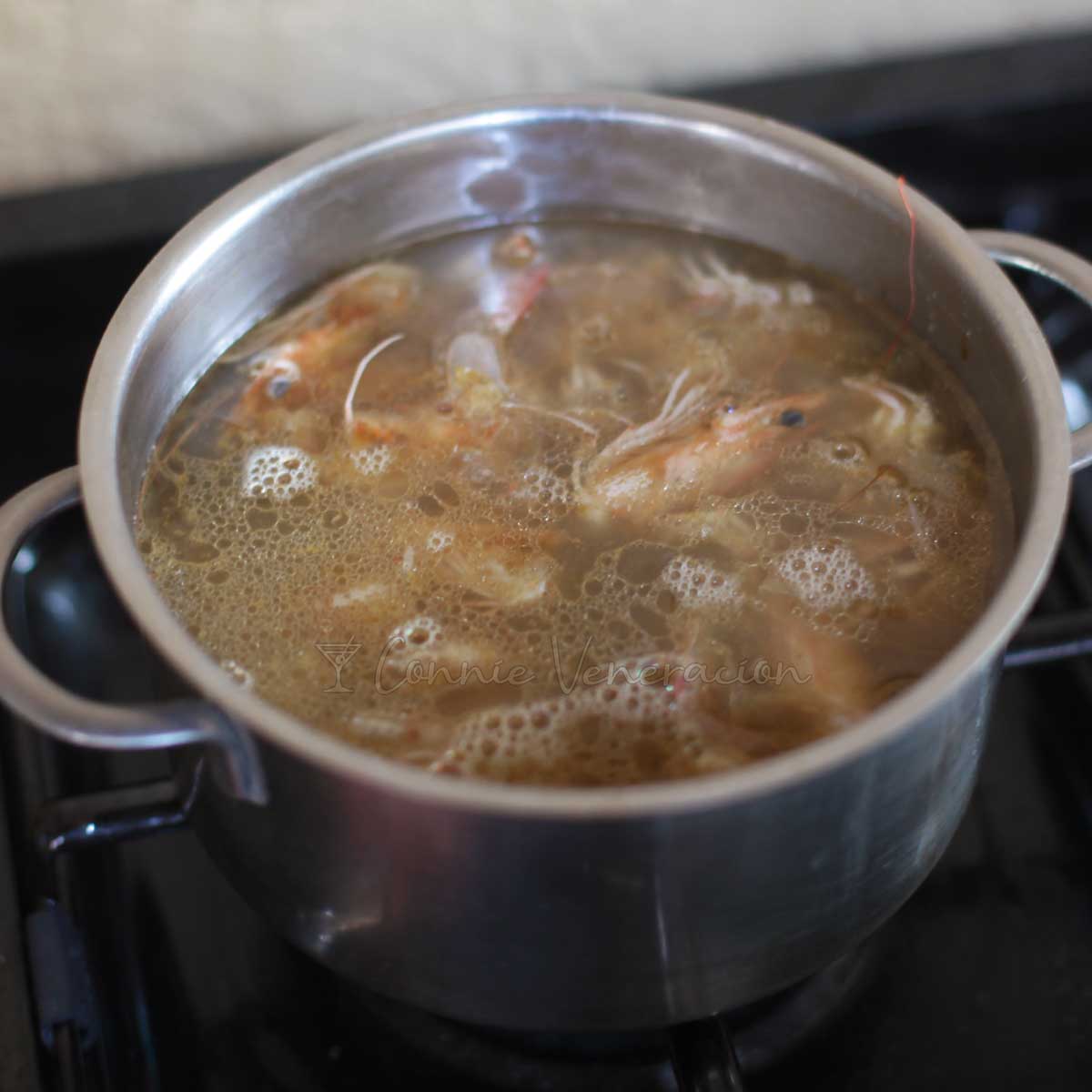
Place the shrimp heads and shells in a pot and cover with water. Bring to the boil. Use a slotted spoon to skim off any scum that rises to the surface. Cover the pot and simmer.
How long you simmer depends on how concentrated you want your broth. You may simmer the shrimp / prawn heads and shells until the liquid is reduced to half or even a quarter. The flavors of resulting liquid will be so concentrated that you can make gravy or sauce with it. There’s the added advantage that you’ll need small containers to store it so you won’t be taking up a lot of freezer space.
But, if you want a “regular” broth rich in flavor but not overwhelmingly so that you can immediately use, or thaw and use as is, simmering for 30 minutes should be sufficient.
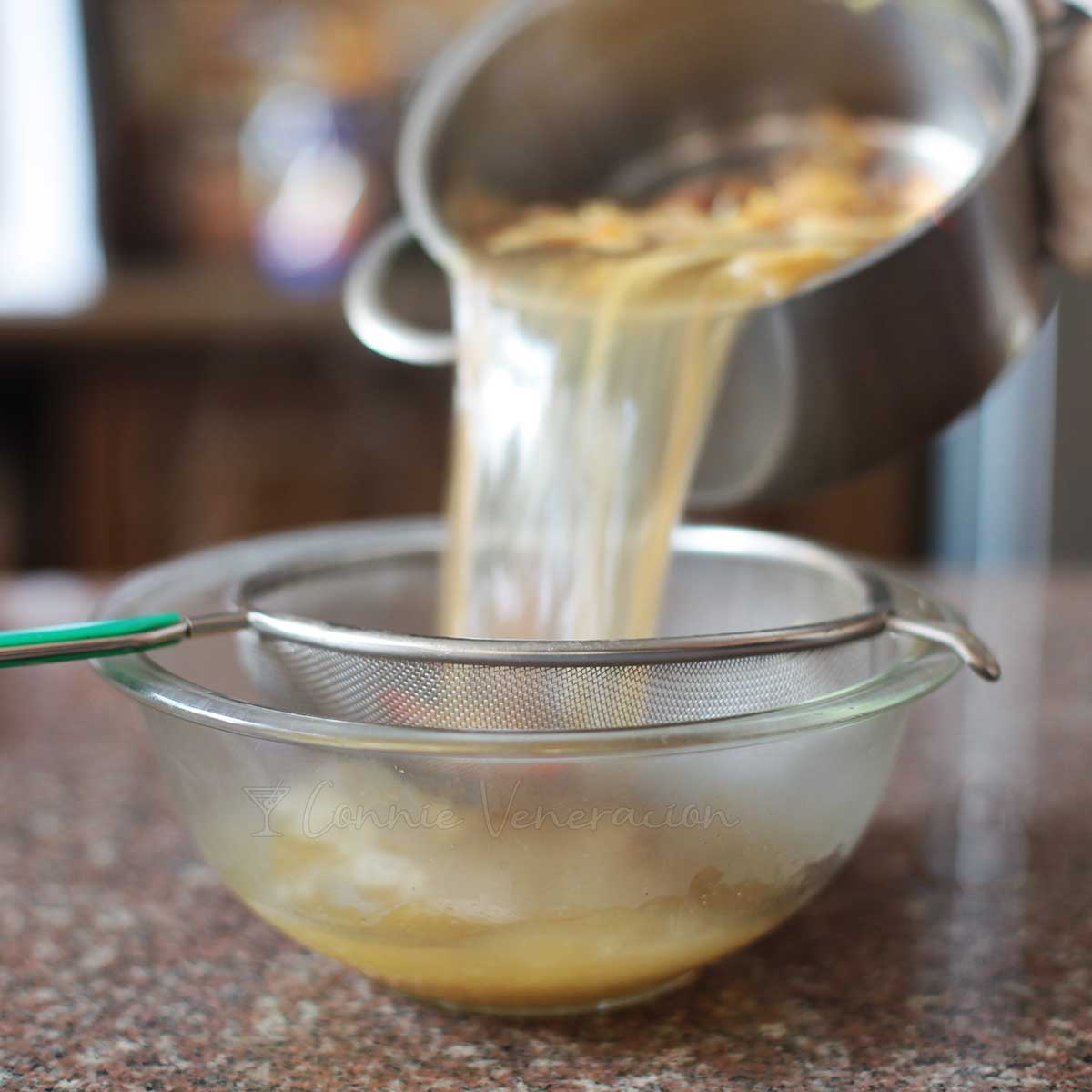
After simmering, strain the broth. Place a strainer over a bowl and pour the contents of the pot right into the strainer.
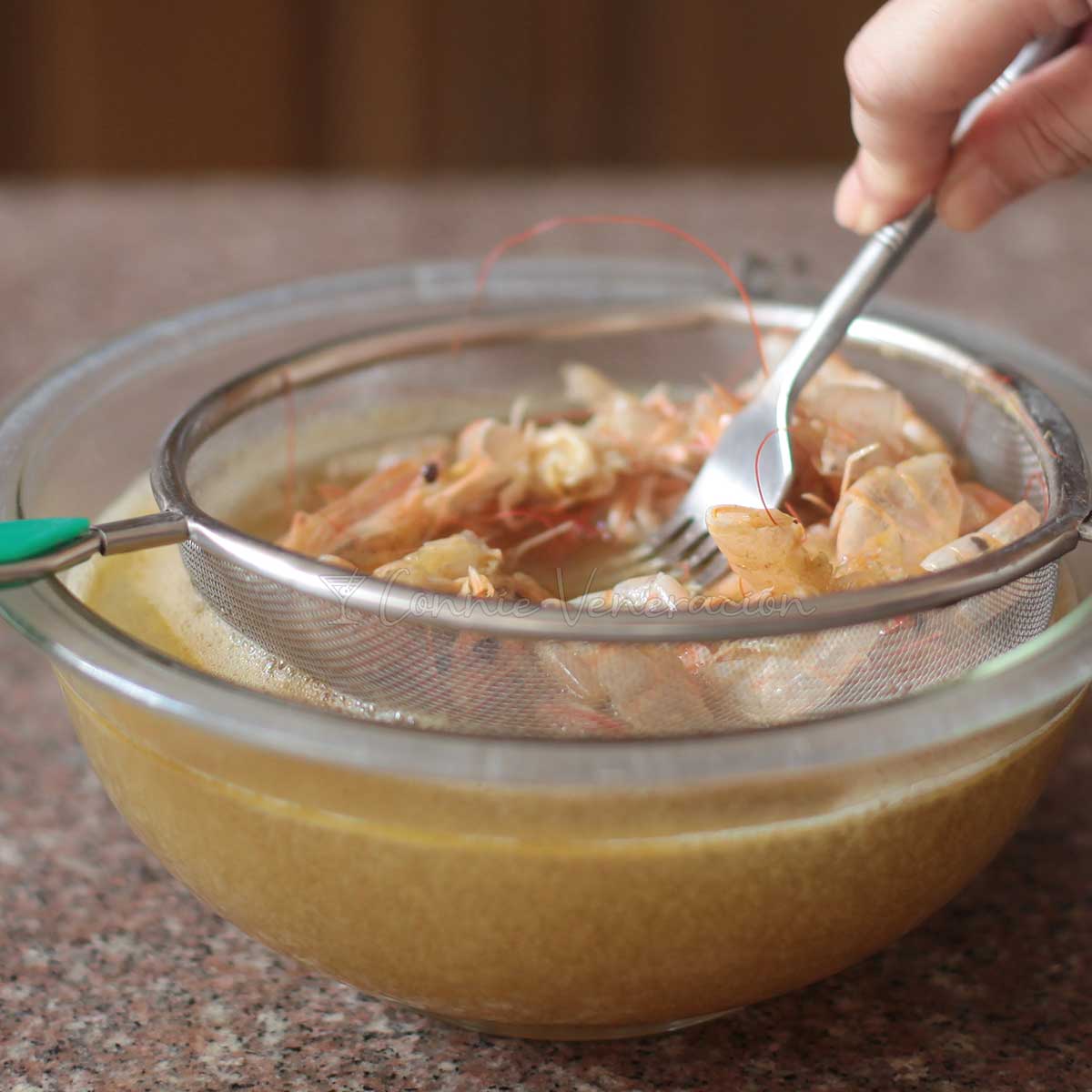
The shrimp / prawn heads and shells will be soft after half an hour of simmering. Use a fork to mash the heads and shells to press all the flavors out of them and into the broth in the bowl. At this point, the shrimp / prawn heads and shells can be discarded.

